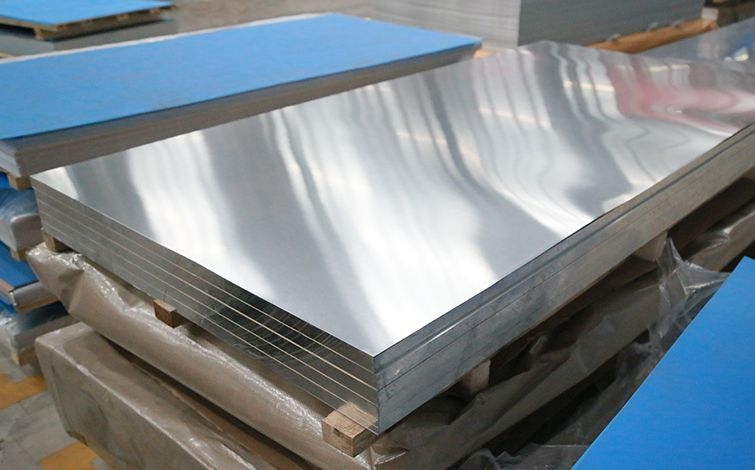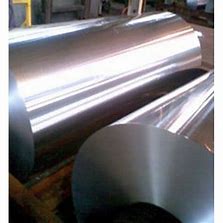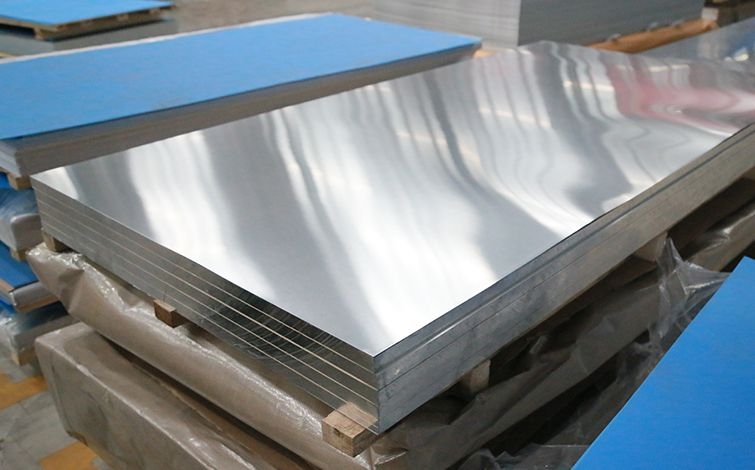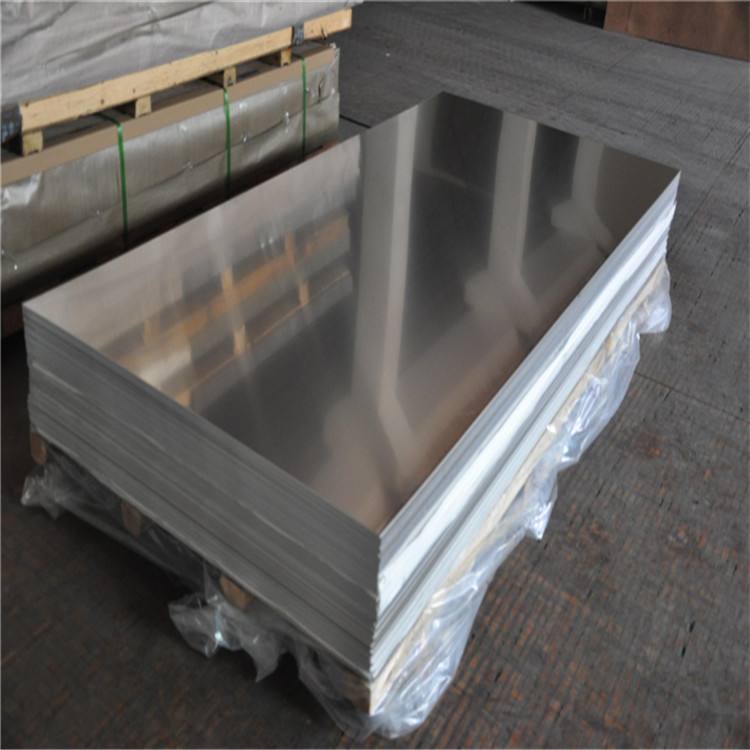



Aluminium foil and aluminium coil are treated with aluminium alloy and aluminium anodising, and the oxide film formed on their surface has good protective and decorative properties. As a result, they are widely used in aviation, electrical appliances, electronics, mechanical engineering and light industry.
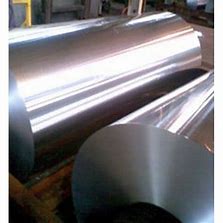
After anodising, the film layer of aluminium foil and aluminium coil also has the following properties.
(1) Higher hardness
The hardness of pure aluminium oxide film is higher than that of aluminium alloy oxide film. Usually, its hardness is related to the alloy composition of the aluminium and the technical conditions of the electrolyte during anodising. The anodic oxide film of aluminium foil and aluminium coil is not only harder, but also has better wear resistance. In particular, the porous oxide film of the surface layer has the ability to adsorb lubricants and can further improve the wear resistance of the surface.
(2) Aluminium foils and rolls have high corrosion resistance
This is due to the high chemical stability of the anodic oxide film. The anodised film of pure aluminium has been tested to have better corrosion resistance than the anodised film of aluminium alloys. This is due to the alloy composition inclusions or the formation of metal compounds which cannot be oxidised or dissolved, and which make the sandblasted oxide film discontinuous or produce voids, thus making the corrosion resistance of the aluminium foil and aluminium roll oxide film much lower. Therefore, the film obtained after general anodising must be closed in order to improve its corrosion resistance.
(3) Strong adsorption capacity
The anodised film of aluminium foil and aluminium coil is porous and has a strong adsorption capacity, so filling the holes with various pigments, lubricants, resins, etc. can further improve the protection, insulation, wear resistance and decorative properties of aluminium products.
(4) Good insulating properties
The anodic oxide film of aluminium foil and aluminium coil does not have the conductive nature of metal, but becomes a good insulating material.
(5) Strong adiabatic and thermal resistance
This is because the thermal conductivity of the anodic oxide film of aluminium foil and aluminium coil is much lower than that of pure aluminium, and the anodic oxide film can withstand temperatures of around 1500°C, while pure aluminium can only withstand 660°C.
* Thank you for your inquiry. Please provide your business needs information so that we can better serve you.
This information can help us assign the most suitable person to solve your problem. We will give you feedback within 1-2 working days.
Related Blog
